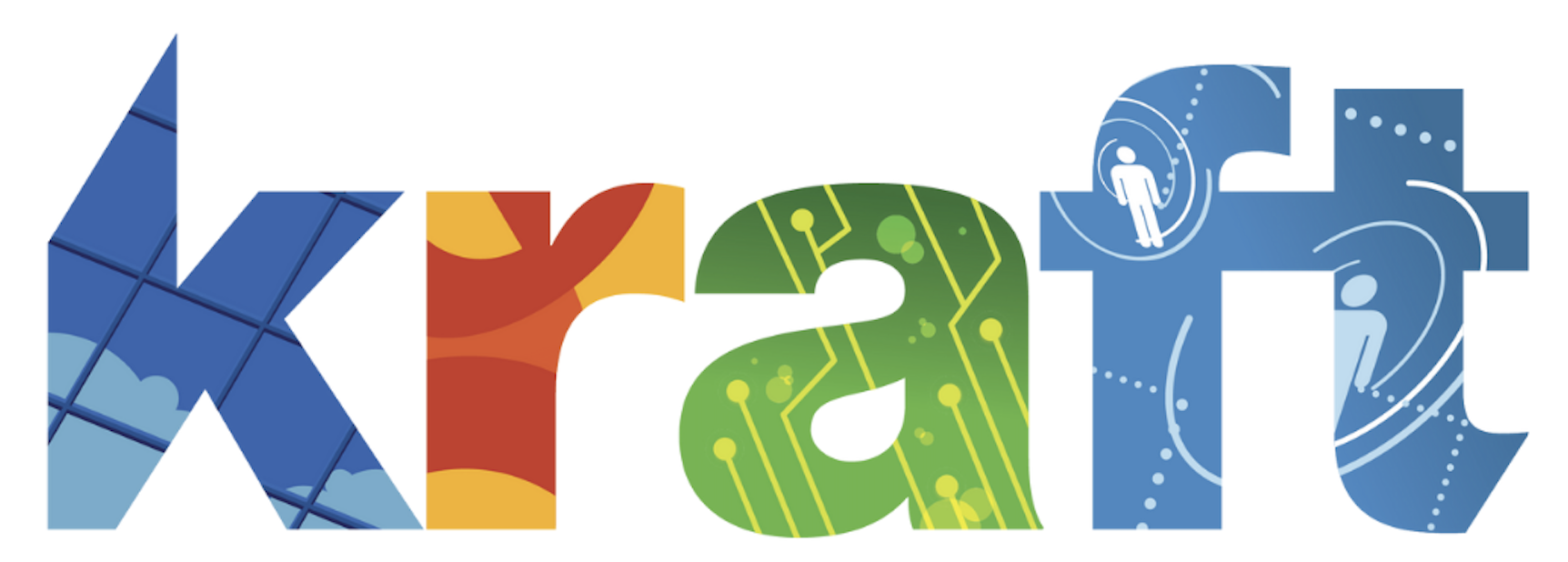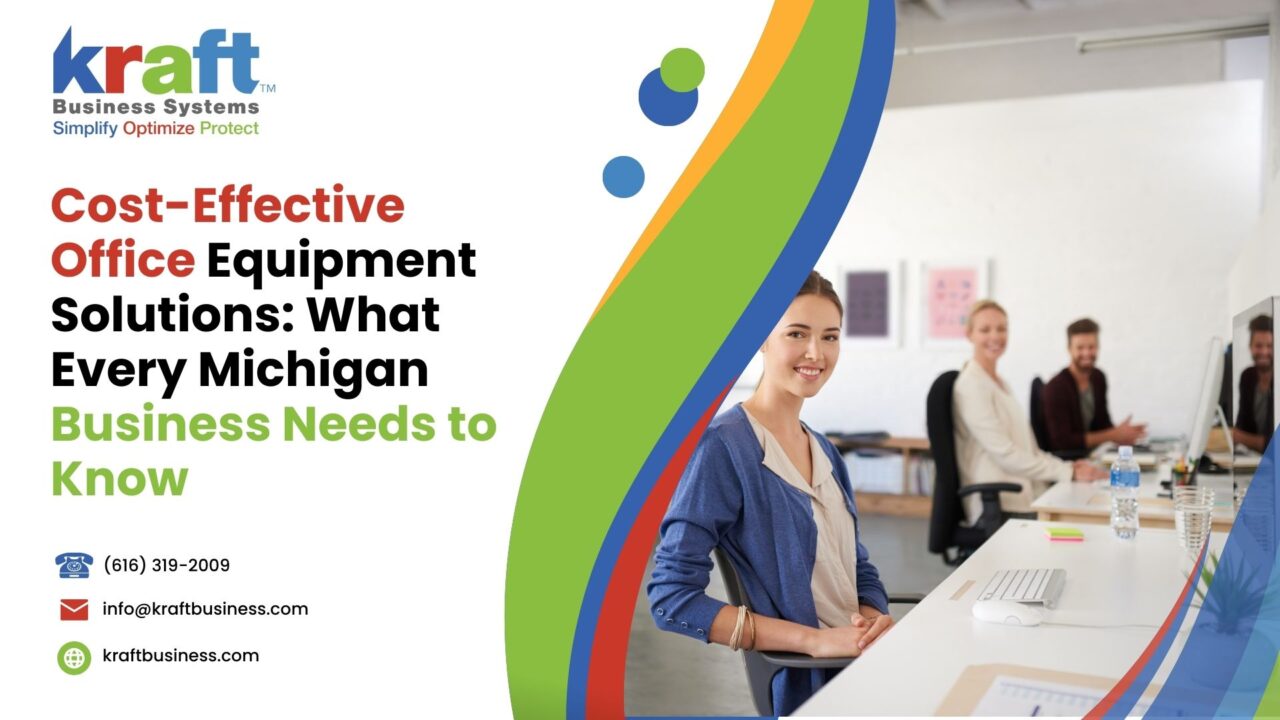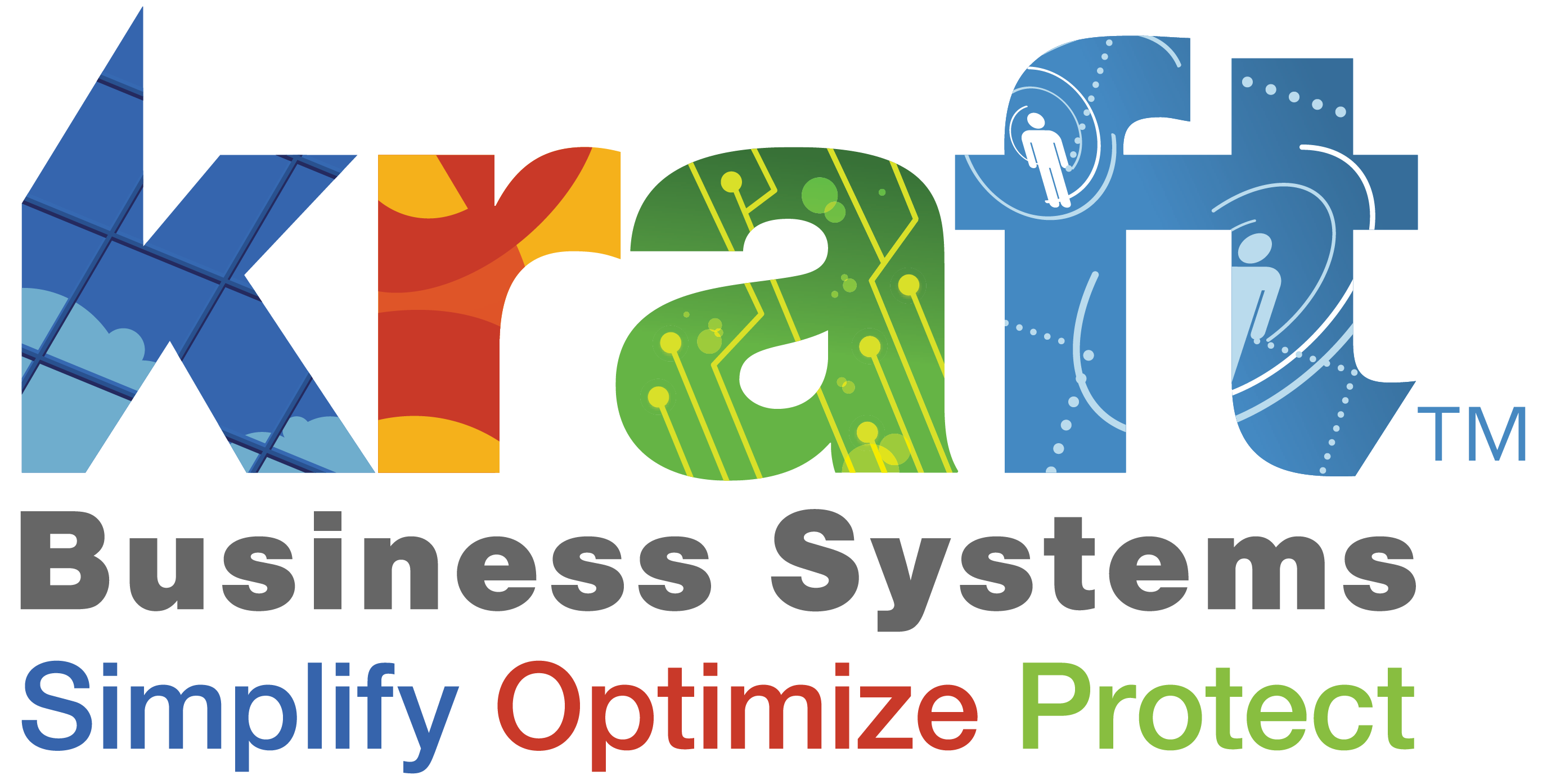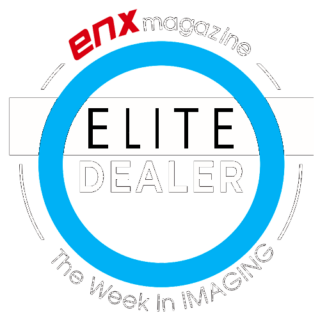Having the right office equipment is crucial for any business. It can dramatically boost productivity and streamline operations. For Michigan businesses, office equipment solutions are particularly relevant due to the state’s diverse economic landscape. From small startups to large corporations, each entity requires tailored equipment solutions to meet its unique needs. Therefore, understanding the options available is essential.
This article explores various cost-effective office equipment solutions designed to help Michigan businesses thrive. We will delve into the benefits of purchasing versus leasing, the advantages of managed services, and the importance of regular maintenance plans.
Understanding Office Equipment Solutions
What Constitutes Office Equipment?
Office equipment encompasses a broad range of tools and devices used to facilitate business operations. This includes everything from printers and copiers to scanners and fax machines. In other words, it’s any equipment that aids in daily tasks and improves workflow.
For instance, a reliable printer can enhance document management, while an efficient copier can save time and reduce errors. Therefore, investing in the right office equipment is paramount for maintaining efficiency and productivity in the workplace.
The Role of Office Equipment in Business Efficiency
Productivity is significantly influenced by the type of office equipment used. The right equipment can streamline tasks, reduce manual labor, and minimize errors. For instance, high-speed printers can handle large volumes of printing quickly, freeing up time for employees to focus on other tasks. Similarly, advanced scanners can digitize documents swiftly, enhancing accessibility and reducing physical storage needs.
Cost-saving is another critical aspect. Efficient equipment can reduce operational costs by lowering energy consumption and maintenance expenses. For example, energy-efficient printers and copiers not only cut electricity bills but also require less frequent servicing. In addition, using managed services for equipment maintenance can prevent costly downtime and extend the lifespan of the devices. Therefore, investing in the right office equipment is not just about improving efficiency; it’s also about reducing costs and maximizing resources.
Types of Office Equipment Solutions
When considering office equipment solutions, businesses have several options. One major decision is whether to purchase or lease equipment.
Purchasing equipment offers the advantage of ownership, allowing businesses to depreciate the asset over time. It can be more cost-effective in the long run, especially for essential devices used daily. However, it requires a significant upfront investment and can lead to higher maintenance costs.
On the other hand, leasing offers flexibility and lower initial costs. Leasing agreements often include maintenance and support services, reducing the burden on in-house staff. For instance, leasing a printer can provide access to the latest technology without the need for a substantial capital outlay. It also allows businesses to upgrade their equipment regularly, ensuring they always have access to the latest features and advancements.
Managed services are another excellent option. These services take care of all aspects of office equipment, from installation to maintenance. They ensure that the equipment is always in optimal condition, reducing downtime and improving efficiency. For example, a managed print service can monitor printer usage, automate supply orders, and handle repairs promptly. This allows businesses to focus on their core activities without worrying about equipment issues.
Maintenance plans are crucial for extending the lifespan of office equipment. Regular maintenance can prevent unexpected breakdowns and ensure that the equipment operates efficiently. Many suppliers offer comprehensive maintenance plans that include routine check-ups, cleaning, and repairs. This proactive approach can save businesses money in the long run by avoiding costly emergency repairs and prolonging the life of their equipment.
Evaluating Your Office Equipment Needs
Assessing Current Equipment
Conducting an equipment audit is essential for understanding your current office equipment inventory. Start by listing all devices, including printers, copiers, scanners, and any other tools your business relies on. Note their age, condition, and usage frequency. This inventory will help you identify outdated or underperforming equipment that may need replacement.

Next, evaluate the performance and efficiency of each item. Check for any recurring issues, such as frequent breakdowns or slow processing speeds. Consider how these problems impact overall productivity. For instance, a slow copier can create bottlenecks in workflow, affecting employee efficiency. Therefore, assessing the performance of your office equipment is crucial for identifying areas for improvement and ensuring optimal operation.
Determining Future Needs
Anticipating business growth is vital when evaluating future equipment needs. As your business expands, the demand for more efficient and higher-capacity equipment will increase. Consider your company’s growth trajectory and how it will impact your office equipment requirements. For example, if you plan to hire more staff, you might need additional printers and copiers to accommodate the increased workload.
Staying updated with technology trends is equally important. Today’s office equipment solutions are rapidly evolving, with new features and capabilities that can significantly enhance productivity. Keeping up with these advancements ensures that your business remains competitive and operates efficiently. For instance, investing in the latest digital copiers or cloud-based document management systems can streamline operations and reduce costs.
Cost-Effective Office Equipment Solutions
Buying New vs. Refurbished Equipment
New equipment offers the latest technology and features, ensuring optimal performance and reliability. It is ideal when you need cutting-edge solutions or when your existing equipment is beyond repair. New purchases often come with warranties and support, providing peace of mind. However, they require a significant upfront investment, which might strain your budget.
On the other hand, refurbished equipment can be a cost-effective alternative. Refurbished items are typically restored to like-new condition and sold at a fraction of the price. They can provide excellent value, especially for businesses looking to save money. However, there are potential risks, such as shorter lifespans and limited warranties. It’s crucial to buy from reputable dealers to ensure quality.
For instance, a small business in Michigan saved substantial money by opting for refurbished printers. They found that the performance was comparable to new models, but the cost was significantly lower, freeing up budget for other investments.
Leasing Options for Office Equipment
Leasing office equipment offers several advantages, including flexibility and lower initial costs. Leasing allows you to access the latest technology without the need for a large upfront payment. This is especially beneficial for businesses with tight budgets. Additionally, lease agreements often include maintenance and support services, reducing the burden on your in-house team.
There are two main types of leases: operating leases and capital leases. Operating leases are typically short-term and allow businesses to use the equipment without ownership. This option is ideal for rapidly changing technology environments. In contrast, capital leases are long-term and often lead to ownership at the end of the lease term. This can be a cost-effective way to eventually own high-quality equipment.
A Michigan-based marketing agency successfully implemented a leasing strategy for their copiers and printers. They enjoyed the benefits of using top-of-the-line equipment without the financial strain of purchasing outright. The included maintenance services also ensured minimal downtime and efficient operations.
Managed Print Services
Managed print services (MPS) involve outsourcing the management of your printing devices, including printers, copiers, and scanners. MPS providers monitor your printing activities, optimize device usage, and handle maintenance and repairs. This approach can lead to significant cost savings by reducing waste, improving efficiency, and extending the lifespan of your equipment.
To implement managed print services in your business, start by assessing your current printing needs and identifying areas for improvement. Next, select an MPS provider that offers comprehensive services tailored to your unique requirements. They will typically conduct an initial assessment, provide recommendations, and set up a management plan. Regular reviews and adjustments ensure that your print environment remains efficient and cost-effective.
Integrating Technology with Office Equipment
Smart Office Solutions
Smart office solutions leverage the Internet of Things (IoT) to enhance office efficiency. IoT devices connect and communicate with each other, creating an integrated system that streamlines operations. For instance, smart printers can automatically order supplies when running low, reducing the need for manual monitoring.

Automation also plays a significant role in modern offices. Automating routine tasks, such as document scanning and distribution, saves time and reduces human error. For example, an automated document management system can categorize and store scanned documents efficiently, making retrieval faster and more accurate. Therefore, integrating smart office solutions can transform your workplace into a more efficient and productive environment.
Cloud-Based Solutions
Cloud-based solutions offer numerous advantages, particularly for printing and document management. Cloud printing allows employees to print documents from any location, enhancing flexibility and convenience. This is especially beneficial for businesses with remote or mobile workers. In addition, cloud-based document management systems provide secure, centralized storage for digital files, making them accessible from anywhere.
These systems improve collaboration and streamline workflows. For instance, team members can easily share and edit documents in real-time, regardless of their physical location. This leads to faster decision-making and increased productivity. Therefore, adopting cloud-based solutions can significantly enhance your office operations, making them more efficient and adaptable to today’s dynamic business environment.
Finding Reliable Office Equipment Suppliers in Michigan
Key Factors to Consider
Choosing reputable suppliers is crucial for ensuring the quality and reliability of your office equipment. Look for suppliers with a proven track record and positive customer reviews. Reputation is a strong indicator of the supplier’s ability to deliver on promises and provide quality products.
Support services are another important consideration. Ensure that the supplier offers comprehensive maintenance and support services, including prompt repairs and regular check-ups. This can prevent downtime and keep your equipment running smoothly. For instance, a supplier with excellent customer service can quickly address any issues, minimizing disruptions to your business operations.
Top Suppliers in Michigan
Michigan boasts several top-tier office equipment suppliers. For example, Kraft Business System offers a wide range of products, from printers to copiers, and is known for their excellent customer service.
Therefore, evaluating the specific needs of your business and matching them with the strengths of these suppliers can ensure you get the best value and service.
What People May Also Ask
What are the benefits of leasing office equipment?
Leasing offers flexibility, lower upfront costs, and access to the latest technology.
How can I determine if my business needs new office equipment?
Conduct an equipment audit to assess performance and identify inefficiencies.
What is the difference between new and refurbished office equipment?
New equipment offers the latest features and reliability, while refurbished equipment is cost-effective but may have shorter warranties.
How do managed print services work?
MPS providers manage and optimize your printing devices, reducing costs and improving efficiency.
What are smart office solutions and how can they benefit my business?
Smart office solutions use IoT and automation to streamline tasks and enhance productivity.
Conclusion
In summary, evaluating your office equipment needs and exploring cost-effective solutions is crucial for maximizing productivity and reducing costs. Whether you choose to buy new or refurbished equipment, lease, or implement managed print services, each option has unique benefits.
Stay updated with technology trends and choose reputable suppliers to ensure your business operates efficiently. Therefore, take action today to assess your needs and invest in solutions that will help your business thrive.
